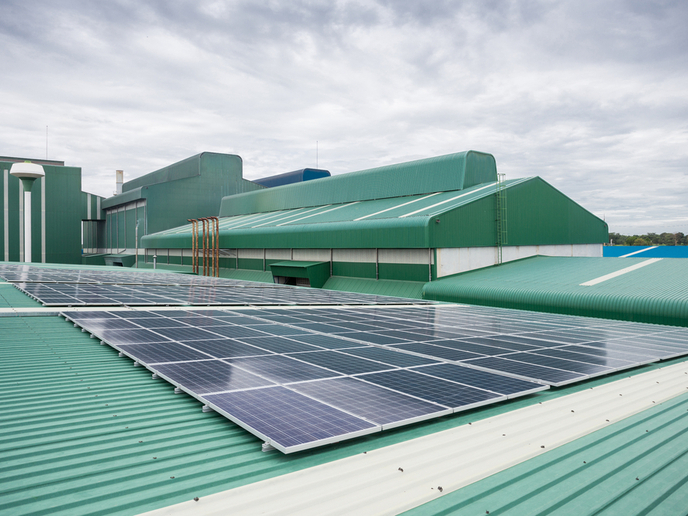Energy-efficient HVAC systems for buildings
While today most of the energy consumed is spent on heating, large sums can be saved by enhancing the energy efficiency of HVAC systems. The EU-funded project ENE-HVAC(opens in new window) (Energy efficient heat exchangers for HVAC applications) used innovative technologies that help achieve markedly better heat transfer efficiency in heat exchangers and with energy savings up to 50 % on the total energy consumption in an HVAC system. The project brought three novel technological approaches into play to improve heat transfer and transport throughout an HVAC system. Nanotechnological coatings limit ice formation on HVAC systems, nanostructured surfaces increase the heat transfer in refrigeration systems and nanofluids increase the efficiency of brine systems. Partners realised the project's ambitious goals by tackling efficiencies in all parts of the HVAC system. The technologies used addressed efficiency on both the air and liquid sides of heat exchangers such as condensers/evaporators and on heat recovery systems. They also addressed the heat transport system to ensure high efficiency throughout the HVAC system. To minimise harmful effect on the climate, ENE-HVAC used natural refrigerants such as carbon dioxide and ammonia instead of chlorofluorocarbons and hydrofluorocarbons. Frost formation on the surface of heat exchangers is a great challenge for energy efficiency. Periodic defrosting by heating is required, which consumes energy. Approximately 13 % of a heat pump's total energy consumption is spent on periodic defrosting at ambient temperatures below 7 °C. ENE-HVAC developed super hydrophobic coating systems to slow ice formation on cooled surfaces. Testing of surfaces in full-scale heat exchanger systems showed a significant delay of ice formation. Newly developed nanostructured surfaces demonstrated a 15 % increase in heat transfer of refrigerants in heat exchangers through increasing efficiency of condensation. ENE-HVAC innovative technologies contribute to dividing energy consumption in half compared to those used in conventional commercially available systems. Project achievements should provide the European industry with a competitive advantage in the field of energy-saving technologies.







